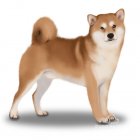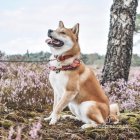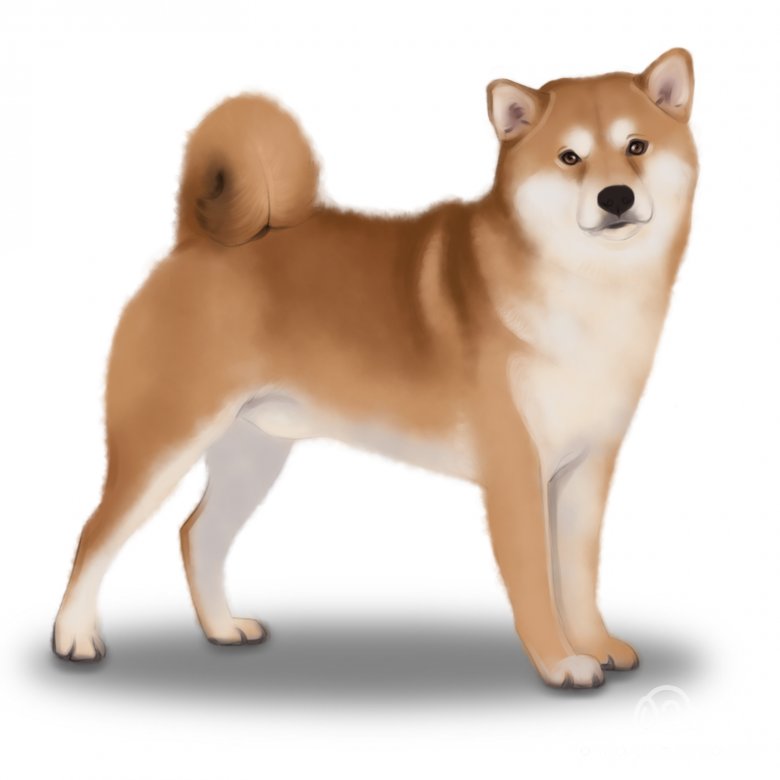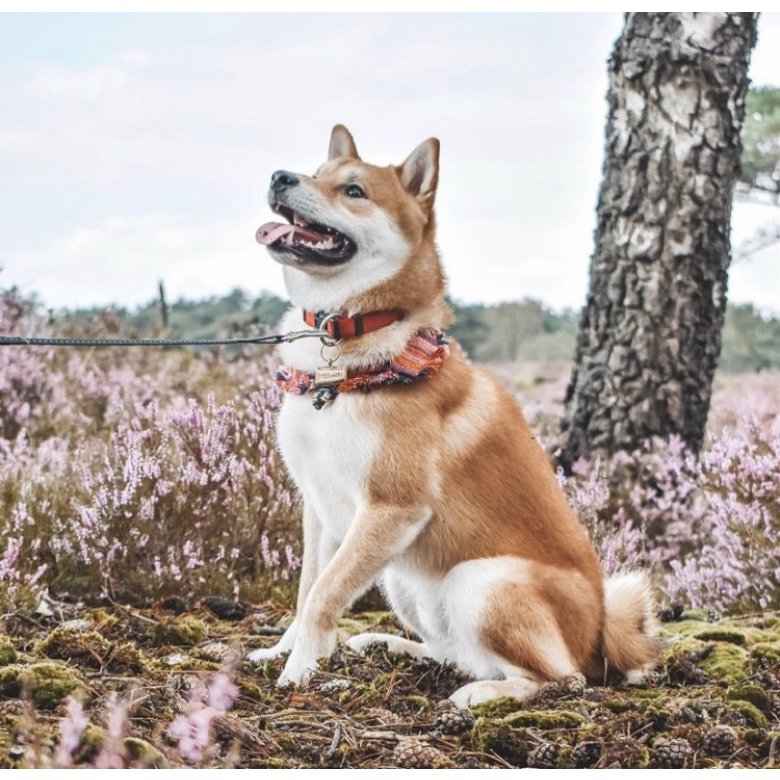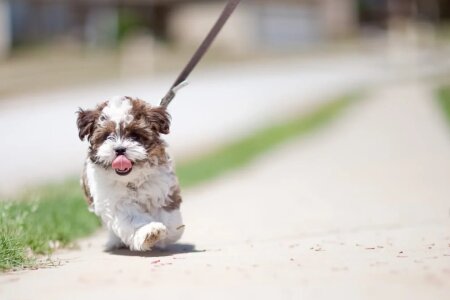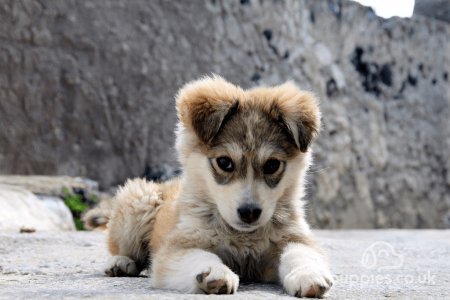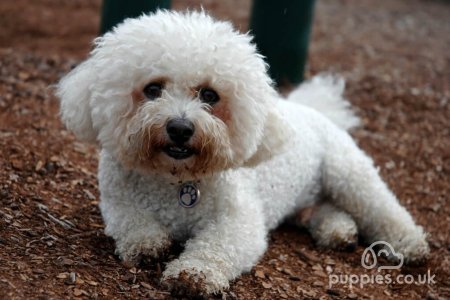The Japanese Shiba Inu is a small breed of Asian Spitz that has taken the puppy world by storm in recent decades. Thanks to its popularity online through memes and Dogecoin, a cryptocurrency bearing a lovable Shiba Inu as its logo, this loyal, intelligent breed of puppy is now commonly bred in the UK and elsewhere, including in its native country of Japan. Why should you consider purchasing a Shiba Inu puppy? Firstly, refer to its photo. How could you not fall in love with such a photogenic little puppy? A Shiba Inu puppy will require a fair bit of work to raise properly, but they’ll return the attention and affection in kind as they grow into loving companions for you and your family.
Why Shiba Inus are Great
Some highlights of Shiba Inus:
Adaptability: Shiba Inus are ideal puppies for training and can also adapt to different environments quite easily.
Grooming: this breed requires little grooming.
Apartment-friendly: although some exercise is always recommended, Shiba Inus make for great puppies in urban environments and apartment dwelling.
First-time ownership: thanks to their charming personality, Shiba Inus are an ideal choice for first-time puppy owners.
Watchdog: this breed is territorial and will alert its owner to suspicious activity, making them superb watchdogs.
Things to Consider when Looking at Shiba Inus for Sale
Some downsides to the Shiba Inu:
Allergies: due to their high levels of dander, which causes allergic reactions to some, Shiba Inu puppies aren’t an ideal choice of hypoallergenic pet.
Mouthiness: this breed is more likely to engage in chewing, nipping, and play biting, especially if corrective action is not taken.
Cat-friendly: Shiba Inus aren’t the best puppies for cat owners.
Wanderlust: occasionally, Shiba Inu puppies may roam and wander away from home. Proper attention is required to prevent them from straying too far away.
History of the Shiba Inu
The ancient breed of Shiba Inu dates back millennia, at which time an unknown predecessor from the Eastern Asian continent was bred with local dogs as the Japanese islands became inhabited. These early breeds began to take on distinct appearances and characteristics depending on their provenance, with three major breeds coming from Nagano, Gifu, and from the Tottori and Shimane Prefectures. Six unique breeds came out of these original three, with the Shiba Inu being one of the most famous of these. As the smallest breed of the six, the Shiba Inu was only given its name in the decades leading up to the Second World War. During the war, the Shiba Inu was nearly driven to extinction due to heavy aerial bombing. In the years following the war, their numbers increased significantly, with many Shiba Inus being taken abroad. Breeding programmes in America and elsewhere began in earnest. The Shiba Inu is now the top-ranked companion dog in Japan and is quickly gaining popularity worldwide.
Appearance
The Shiba Inu is amongst the smallest breeds of Akita dog, and its appearance is distinctive. In fact, Shiba Inus resemble foxes in many ways. They are athletic and have a muscular build, particularly in their stout, robust legs. Their ears are sharp and forward-pointing, their fur is short and even, and their tails tend to be bushier and instantly recognisable.
How big is the Shiba Inu?
Shiba Inus are small/medium-sized dogs. Males grow on average to 36-41 cm in height, whilst females can grow up to 33-38 cm high.
How heavy is a Shiba Inu?
Fully-grown adult male Shiba Inus weigh between 8-11 kg on average, whilst females weigh between 6.8-9 kg.
What colour is the Shiba Inu?
The Kennel Club of Great Britain recognises the following colours for Shiba Inus:
Red
Red & White
Red Sesame
Sesame
White
Black & Tan
Temperament
Don’t be fooled by the size of a Shiba Inu. They’re often referred to as big dogs in small dogs’ bodies, and this certainly shows in their playful demeanour. They’re prone to exerting dominance in a household, which means that you’ll need to raise them properly as puppies to ensure that they understand their limits and so that they don’t engage in destructive behaviour. Shiba Inus are an intelligent breed, but they can be cheeky or sly when they want to be. Once again, proper training as a puppy will help to determine boundaries for what is and isn’t permissible behaviour.
Do Shiba Inus make good guard dogs?
Despite its small stature, the Shiba Inu makes an excellent guard dog. It’s also a great watchdog and will alert owners to any suspicious activity.
Do Shiba Inus bark a lot?
Shiba Inus do not bark often, but they may bark whenever they’re seeking attention or are engaged in play and become excited. This makes the breed an ideal choice for a quieter puppy.
Are Shiba Inus easy to train?
This breed is easy to train. They may exhibit signs of independence, but nevertheless, they’re easily trained and are able to competently learn commands due to their above-average intelligence.
Are Shiba Inus playful?
The Shiba Inu ranks about average in terms of playfulness. He can be playful as a puppy, but he also enjoys his independence and playing with toys on his own.
Are Shiba Inus good with children?
This breed is acceptable for owners with children.
Are Shiba Inus good with other pets?
In general, Shiba Inus don’t typically get along well with other pets. Cats and smaller pets may be chased around the house, and moreover, Shiba Inus enjoy exerting their dominance, particularly with their toys and their territory.
Can I leave a Shiba Inu alone?
Much like with other puppies, Shiba Inus don’t like being isolated for too long. With proper socialisation and training, they can tolerate some time alone, but it’s always best to spend quality time with your beloved pet.
Do Shiba Inus like water?
Taking your Shiba Inu swimming will take some training, but they do tend to enjoy the water. They don’t much like being on boats, however.
Health
How long do Shiba Inus live?
Generally, Shiba Inus are expected to live anywhere from 12-15 years.
How much exercise does a Shiba Inu need?
Although Shiba Inus are an energetic breed, they shouldn’t be overexercised as puppies. 40 minutes to an hour per day of exercise will keep them stimulated and thus happy and healthy. Keep an eye on them if they’re playing in the yard since they may follow their natural curiosity and escape.
What are Shiba Inus’ common health issues?
Shiba Inus are prone to a few hereditary diseases, such as glaucoma, hip dysplasia, cataracts, allergies, and epilepsy. They may also develop ear infections, particularly if they aren’t dried off properly after being in the water.
Care
How much space do I need for a Shiba Inu?
This breed is ideal for apartment dwellers and for smaller homes. If you’ve got a yard where they can exercise and play, it’s an added bonus, but it isn’t necessary provided that they’re getting enough exercise.
What should I feed my Shiba Inu?
Shiba Inus should eat ½ to 1.5 cups of dry food per day, divided into two meals. Choose high-quality dog food to promote healthy development and adjust as necessary depending on his metabolism and activity levels.
How much grooming do Shiba Inus need?
A Shiba Inu puppy doesn’t require much grooming at all, but occasional flea inspections and eye and ear inspections will go a long way to ensuring that your puppy remains healthy for years to come. Professional grooming and trimming aren’t necessary for Shiba Inu puppies.
Do Shiba Inus shed?
Shiba Inus shed a substantial amount of fur, particularly in Spring and Autumn. Brush their fur from time to time to remove dead hair and use high-quality vacuum cleaners to efficiently keep shedding to a minimum.
Average Costs
How much does it cost to keep a Shiba Inu?
As a rough guide in pricing: Cost to buy: roughly £1,200-1,500 for a well-bred Shiba Inu puppy Other costs (Vet, Food etc): £60-90 per month
Specific Buying Guide
You can read our general buying guide here, with the most important thing being going to view your Shiba Inu puppy, seeing it with its mother, and checking the quality of the breeder. More specifically, here is some Shiba Inu puppy buying advice:
Check, double-check, triple-check the reputability of the breeder. Shiba Inus that have been properly bred and meet the Kennel Club’s breeding rules are always preferable to Shiba Inus from ‘puppy mills’ and breeders of questionable repute. They’re one of the most popular puppies in recent years, so scammers abound.
Owing to their popularity, Shiba Inus command higher prices than many other breeds, so always ensure that the puppy has been properly microchipped and that you’re able to see all relevant paperwork. It’s therefore recommended that you spend a little more to ensure that the puppy is of good provenance and breeding than to save a little and risk taking home a puppy that wasn’t as advertised.
Other Reading, Adopting Shiba Inu Puppies and Rescue Organisations
A big thank you to the following sources who helped to shape this article: Kennel Club of Great Britain: https://www.thekennelclub.org.uk/services/public/breed/display.aspx?id=4110 Dogell: https://dogell.com/en/dog-breed/shiba-inu UK Pets: https://www.ukpets.com/dog-breeds/japanese-shiba-inu






